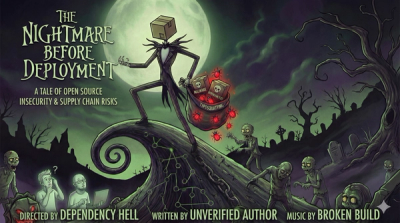Chart Builder
Chart Builder is a proof-of-concept app to understand the feasibility of using a CSV file (or SPARQL query) to generate and customise a chart or data visualisation.
Development
Chart Builder is an HTML-JavaScript app built with the React-TypeScript stack.
Ensure you have Node installed on your system. Chart Builder has been built against Node v16.13
Ensure you have yarn installed
npm install --global yarn
We use yarn to manage packages. To install the project packages
yarn
Then, to launch a local development instance of Chart Builder, run:
yarn start
Build
To build the app locally:
yarn build
The output directory is build. You can copy the build assets from there to the wwwroot of your webserver
Automated build
A CI/CD pipeline is configured using Google Cloud Build and deploys the containerised app to this URL:
https://chart-builder-no4vxskx7a-nw.a.run.app/
Build trigger
Automated build is triggered by changes to the main branch of the chart-builder source code
The automated build configuration is managed in two places:
-
Dockerfile and nginx.conf files in the chart-builder repo
These files are both located in the root of the chart-builder repository.
The Dockerfile specifies a multistage docker image build. The first stage builds the source code and the second stage copies this build output (without the source code and node modules) into a new container image. The resultant image (approx. 45Mb) is then deployed.
The nginx.conf file is used to configure the nginx web server that runs inside the container.
-
**In the GCP Cloud Run web console **
The GCP console can be used to configure the build trigger and container specification
- Browse to the
GSSCOGS/idpd-platform project
- Open the
chart-builder service
- Go to Edit and Deploy New Revision
- Adjust the configurations for: Container Port, CPU allocation, Capacity (memory and CPU), Request timeout, Max requests per container and Auto-Scaling
- To adjust the build trigger follow the link under the General section to Cloud Build trigger
- Click Deploy to finalise the changes
Library Build
The chart builder can be built as a reusable NPM package. Start by choosing a version number, then run:
# set version
export VERSION=<next version>
# use webpack.library.config.js to build the dist/ dir
yarn library
# publish it to NPM
cd dist
yarn publish
# tag it and push the tag to origin
git tag $VERSION
git push --tags



